Here is Your Guide to Buying In Season Produce
April 25, 2018 | Food Lion

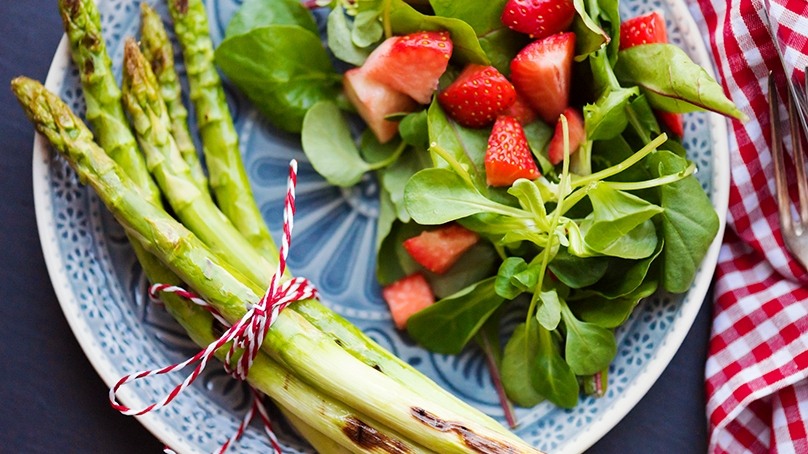
There's no better way to cook than with produce that's in season. Spring and summer may be perhaps the best time to stock up on fruits and veggies, with the bountiful supply of in season goodness filling grocery store shelves. We've pulled together a seasonal produce chart — with a list of vegetables and fruits in season — to help you understand what's in season and the best ways to incorporate them into your meal planning.
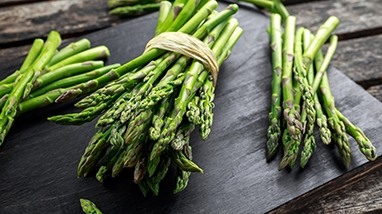
Asparagus
Asparagus is most often found from April until June. The most common variation is green, although purple and white variations of asparagus exist. Asparagus makes the perfect side dish as it can hold up to most preparations like grilling or roasting. It's best simply prepared with olive oil, salt and pepper. You can also get a bit fancier by drizzling some lemon juice; wrapping it in bacon; or sprinkling some Parmesan or crusted in panko. It also makes an interesting filling for an omelette, or a pizza topping if thinly shaved.
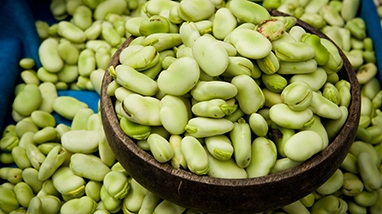
Fava Beans
These beans in a pod usually have a pretty short season — from late March to early May — so grab them when you see them. You'll want to look for firm, bright green, plump pods. You'll most often have to pop the beans out of the pods yourself.
Fava beans have a ton of protein, so it's well worth it. You'll want to eat them within a few days — they won't last more than three to four days in the fridge. You can blanch them and throw them into a pasta or salad, or puree them and put them on a crostini.
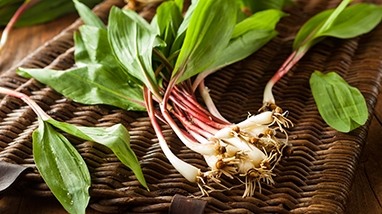
Ramps
The fleeting ramp season often sends people into a tizzy, as you can often only find them in April and May. Chefs love them, as their taste lies somewhere between garlic and onion. Ramps are good in just about anything, from adding a kick to risotto, pureed with butter or mayonnaise, added to eggs. or made into pesto. If you're lucky enough to find this seasonal vegetable, get your hands on it quick!

Morel Mushrooms
This glorious mushroom is another short seasonal veggie, but worth buying if you can get your hands on it. The key to cooking with morels is that you must wash them thoroughly (little bugs can get caught in their honeycomb looking cones) and you must cook them — they are poisonous if consumed raw. Morels make a wonderful addition to pastas, roasted meats or sautéed with a little bit ofbutter, chicken stock, garlic and parsley.
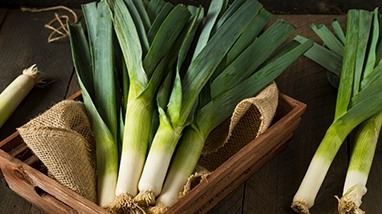
Leeks
Leeks are most often harvested in the spring and early summer, but sometimes they can be found year round. They resemble giant scallions, although their taste is more mild. Most often the white and lighter green parts of the leek are the focus, but don't throw away the dark green leaves — they can add nice flavor to soups and stocks.
The rest of the leek is often added to pastas, paired with potatoes or put into omelettes or quiche. They're a good source of vitamins A and C. Wash them well right before using., and they can remain in the fridge unwashed for one to two weeks.
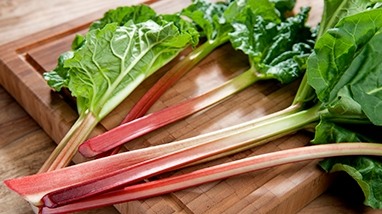
Rhubarb
Rhubarb looks like red celery, but it has a much more distinct tart flavor. Rhubarb pairs really well with strawberries and is often used in desserts. You want to look for firm stalks and make sure to avoid the leaves — they are poisonous.
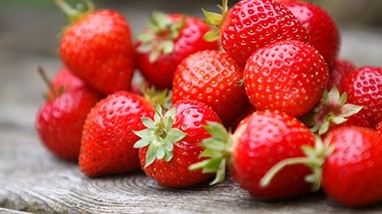
Strawberries
When it comes to fruits in season for spring and early summer, berries top the list. Berries have a host of health benefits from being high in fiber to high in antioxidants. They're also great and easy to keep in your fridge because they taste great raw with little preparation. They make great additions to cereal, granola or yogurt; a leftover handful can easily be thrown into pancakes and muffins; and they pair well with rhubarb in pies or other desserts. You can also sprinkle with a little sugar or a dollop of whipped cream and angel food cake for a quick dessert.

Sorrel
Sorrel starts showing up in stores during the spring. As the months go by, the veggie will become progressively more bitter. Sorrel looks like spinach but almost has a more herbaceous taste, kind of sour like lemon and fragrant like basil. When picking it out in the store, you'll want to look for deep green leaves, not those that have faded yellow. The smaller leaves tend to have a less pungent flavor. The leafy green is very high in vitamin C.
You can eat the leaves raw in a salad (it's an acquired taste) or use it as you would an herb. Cooked, it tastes and presents a little more like spinach and makes a great side dish or sauce on seafood.
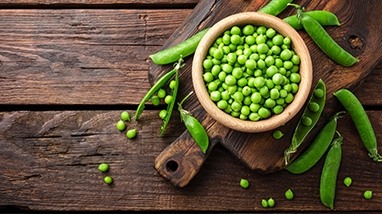
Peas
Sure you can eat frozen peas year-round, but you haven't really had peas until you've had them fresh out of the pod. Spring is a great time for all of the in season produce related to the pea — snap peas, pea shoots, sugar snap peas.
This vegetable is really versatile. Sugar snap and snap peas are great raw with dips like hummus or cooked into stir-fry. Peas are awesome in pasta or as their own side dish. Pea shoots are great tossed raw into salads or sometimes made into pestos. Peas and pea pods should keep for about a week in the fridge; the pea shoots are much more delicate and will likely only make it a few days.
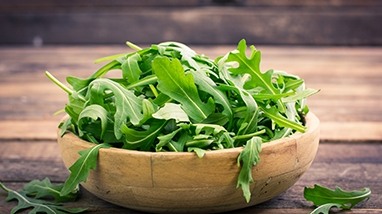
Arugula
Arugula has two main harvests, in the spring and in the fall. This green has become fairly popular that you may now see it in the grocery store year round. It has a little more bite and nuttiness than your average lettuce, making it a great addition to other greens, or as a salad base itself. It will only last a few days in the fridge, so buy it right before you plan to use it. It also makes a great topper for a sandwich.
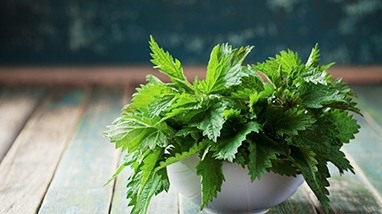
Nettles
Nettles are normally in season during the late winter months towards early spring. They look like oversized mint leaves, but this herb works a little differently. Don't eat them raw as many of them are stinging nettles. They are generally cleaned and then blanched (to remove the sting) before cooking. In the kitchen you can turn them into pesto, add to a risotto, or as a filling in ravioli. They are also known to have healing properties as a natural anti-inflammatory.
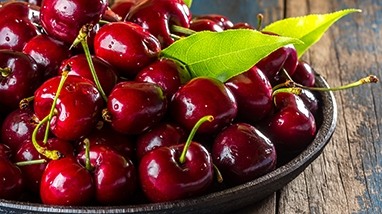
Cherries
Although the peak of cherry season is in the summer, you'll start to see some varietals of cherries pop up in grocery stores as early as May. Cherries are full of nutrients and antioxidants, and they are fun to eat. They are great as is or they can also make a great addition to a cheese plate, a salad, or with pork. Cherries freeze well so if you have any extras think about freezing them for smoothies and other desserts.






Reviews
(
)
Submit a Review
Create Your Display Name